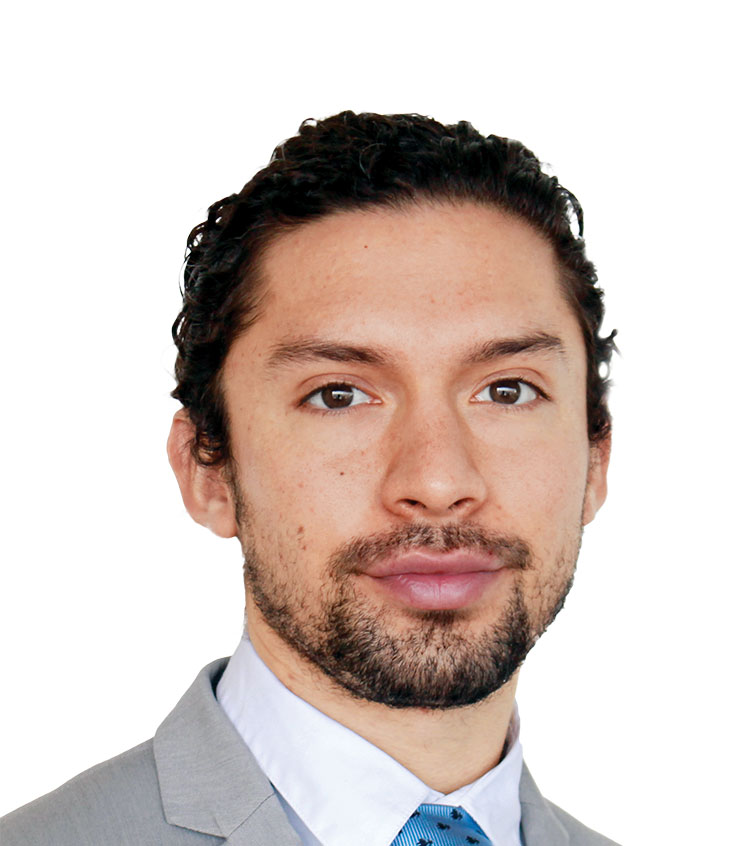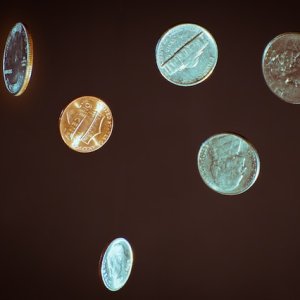
Ministry of Health Observes World Leprosy Day
 By Alfonso Núñez | Journalist & Industry Analyst -
Mon, 01/31/2022 - 16:47
By Alfonso Núñez | Journalist & Industry Analyst -
Mon, 01/31/2022 - 16:47
In observance of World Leprosy Day, Mexico’s Ministry of Health is raising awareness about the disease’s continued presence in hotspots across the country to counteract the popular belief that it had disappeared.
Since 1994, leprosy in Mexico had been considered contained after the country reached the World Health Organization’s (WHO) goal of limiting cases to less than one per 10,000 habitants. However, this does not mean cases have disappeared altogether. In 2018, 388 cases of leprosy were reported across 21 different states but are concentrated in six, of which 102 were new cases. In 2021, 126 were reported according to the Epidemiological Newsletter of the General Management of Epidemiology.
According to Claudia Ileana Sáenz Corral, Dermatologist, General Hospital Manuel Gea González, cases in Mexico are concentrated in six states: Jalisco, Guanajuato, Michoacan, Guerrero, Nuevo Leon and Coahuila. In these six states, leprosy is endemic. According to the Juarez Hospital of Mexico, leprosy cases have been reported across 24 different Latin American countries, some with more than 100 cases per year. Brazil leads in case numbers, making up 94 percent of total reported patients in the region.
Leprosy is an infectious disease caused by the bacillus Mycobacterium leprae, which can be contracted by anyone but is most prevalent in young males, said Sáenz Corral. The chronic disease’s incubation period can vary from one to 20 years and has two classifications: lepromatous leprosy and tuberculoid leprosy. Leprosy, as the Ministry of Health said in a Twitter post, can affect the eyes, skin and peripheral nerves.
WHO has implemented several campaigns to fight and further limit the spread of this disease worldwide, including strengthening actions in areas where the disease is endemic. Leprosy is curable and its complications and after-effects can be prevented if it is detected early on and treated with a six-to-12-month course of polychemotherapy using Dapsone, Rifampin and Clofazimine all of which are provided free of charge to patients, according to Sáenz Corral.
Once the treatment is finished, the patient and their family members are surveilled to prevent future outbreaks. Doctors said that the general public must be aware of the symptoms of leprosy and of prevention measures to stop leprosy outbreaks. Patients should also be informed of available treatments offered to combat stigma which prevents many from seeking help.
The treatment of endemics is widely different from that of pandemics as a national risk is no longer considered immediate. As medical professionals hope to reduce COVID-19 to an endemic in Mexico, leprosy’s endemic response could also provide an insight into how COVID-19 patients would be treated in years to come.
















